Vietnam's unmanned aerial vehicle (UAV) industry started more than a decade ago, initially focusing on reconnaissance missions, border surveillance, and search and rescue support.
Research institutions such as the Air Force and Air Defense Engineering Institute and some major technical institutes/schools have begun to gradually master the airframe, flight control system, communications and signal processing. This is the stage of “laying the foundation” for domestic design and manufacturing capacity.
VU-QL1 reconnaissance UAV. (Photo: People's Army Newspaper)
From defense labs to the civilian market
Between 2010 and 2015, many research groups moved towards semi-autonomous control, integrating optical cameras and infrared sensors to operate day and night, gradually expanding the flight ceiling, range and stability. As satellite positioning technology, broadband data transmission and navigation algorithms developed, “made in Vietnam” UAVs gradually moved from experimental models to mass-produced prototypes.
Since 2016, civilian UAV applications have exploded worldwide, used in high-tech agriculture , mapping, infrastructure inspection, and cargo transportation.... This trend quickly spread to Vietnam, creating motivation for private enterprises to invest capital and human resources in technology to develop products to meet market demand.
When entering the “real combat” phase, that is, deploying UAVs for real-world use, Vietnamese technology enterprises must simultaneously address many requirements. Products need to withstand heat and monsoons, carry a stable useful load, be easy to maintain, and have a reasonable price. In addition to hardware, software factors are also emphasized. Flight control systems, ground stations, and cloud computing platforms for fleet management are gradually being localized, instead of being completely dependent on foreign solutions.
The emergence of artificial intelligence (AI) opens a new chapter for Vietnamese UAVs. This technology allows drones to identify targets, plan flights automatically, and avoid obstacles in real time, thereby improving safety and optimizing data efficiency. Thanks to AI, UAVs can also deploy value-added services such as crop image analysis, infrastructure leak detection, or natural disaster monitoring.
Another key factor is the testing ecosystem. In recent years, localities have begun to dedicate large areas and diverse terrains for flight testing, while forming a coordination process between businesses, air traffic management, and rescue forces to ensure safety. The legal framework for civil aviation has also gradually become more complete, creating a "runway" for products to enter the market in a smooth and systematic manner.
Vietnamese businesses on the way to the world
Vietnam has businesses that design and manufacture UAVs in many segments.
CT UAV of CT Group stands out in the heavy transport segment, with a payload of 60 - 300 kg, serving the transit of goods, medical supplies, rescue, and industrial services. The enterprise has a high localization rate, including core technologies such as flight controllers, navigation software and specialized semiconductor chips.
In 2025, CT UAV signed a contract to export 5,000 heavy UAVs to South Korea - one of the most demanding markets in Asia. If implemented on schedule, this will be a remarkable commercial step forward for the Vietnamese UAV industry.
A UAV product of CT Group. (Photo: CT Group)
In the defense sector, Viettel Aerospace Institute is a leading unit, having launched many UAV lines for long-range reconnaissance, maritime surveillance and specialized payload variants. The closed process from design, manufacturing, testing to system integration helps shorten the time to complete the product when switching to civil applications, while ensuring reliability and flight safety.
In the agricultural and industrial segments, companies such as MiSmart and AgriDrone Vietnam focus on developing UAVs for spraying, sowing, field surveying and mapping. This is a market that requires competitive prices, simple operation and flexible after-sales services. This group also contributes to the formation of a team of technicians, service centers and domestic component supply chains, while accumulating practical operating experience for the entire industry.
Supply chains are vital. Vietnam has produced composite fuselages, printed circuit boards, control panels, and ground station software. Some components such as battery cells, advanced sensors, and multi-frequency GNSS positioning systems still have to be imported. The trend of localizing key components, especially control algorithms and core hardware, is helping Vietnamese businesses be more proactive in terms of safety, security, and customization.
The regulatory framework continues to be refined to ensure airspace safety while encouraging experimentation and commercialization. Sandbox pilot models are being used for activities such as deliveries in industrial zones, transporting medical supplies in mountainous areas, or inspecting power lines and pipelines in sparsely populated areas. With clearer licensing procedures and faster processing times, the market will expand.
Human resources are a strength. Many engineering universities have added courses and labs on UAVs, robotics, and control, and are collaborating with businesses to let students practice on real projects. Young engineers capable of both hardware and software, along with field technicians, help reduce product lifecycle costs – an important factor for agricultural and industrial customers.
The global UAV market is now worth tens of billions of dollars and continues to grow rapidly. The civil and industrial segments such as agriculture, infrastructure monitoring and light logistics are major growth areas. Vietnamese companies have advantages in terms of customization speed and price, but need to overcome barriers in certification, international standards and mass production capacity to enter high-end markets.
Experts say that for sustainable development, the UAV industry needs to simultaneously develop core technologies (intelligent flight control, system safety, energy), build standardized testing infrastructure, and create a market for tractors from clear orders. When these three factors operate synchronously, costs will decrease, quality will increase, and businesses can reinvest.
Large-scale contracts such as 5,000 heavy UAVs for export, if converted into actual output, will lead to the development of supporting industries, component factories, maintenance centers and human resource training. In the country, the agricultural-industrial market continues to be an important "training ground" to refine designs, maintenance processes and service models, thereby enhancing international competitiveness.
Despite facing challenges from technological competition, security requirements, intellectual property and increasingly strict flight safety standards, the Vietnamese UAV industry has passed the testing phase to enter real production. If it continues to persevere with the goal of mastering core technology, international standardization and expanding the testing - commercialization corridor, Vietnamese UAVs can completely make a breakthrough, contributing to the country's positioning on the high-tech map of the region and the world.
Ha Phuong (Synthesis)
Source: https://vtcnews.vn/uav-made-in-vietnam-tang-toc-tien-ra-thi-truong-quoc-te-ar960130.html


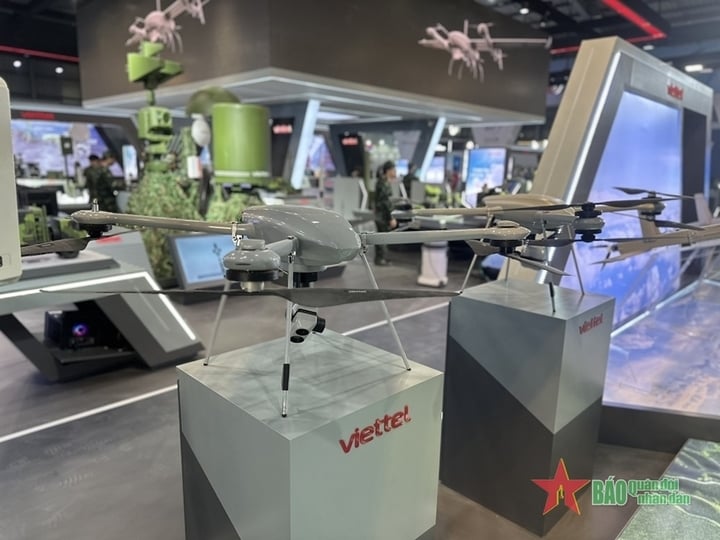
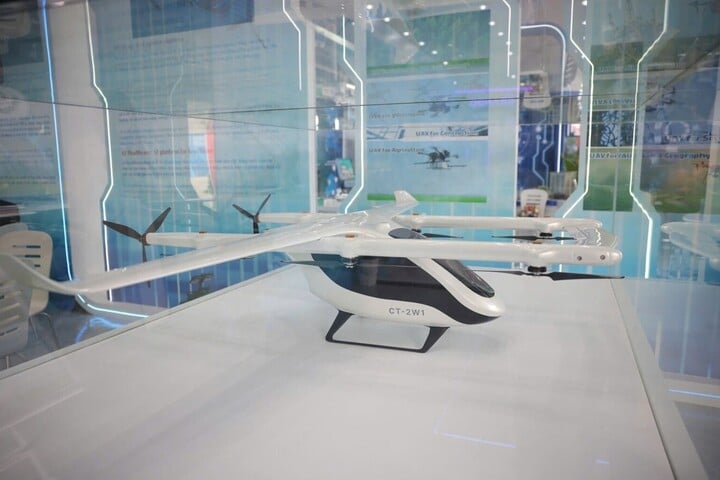
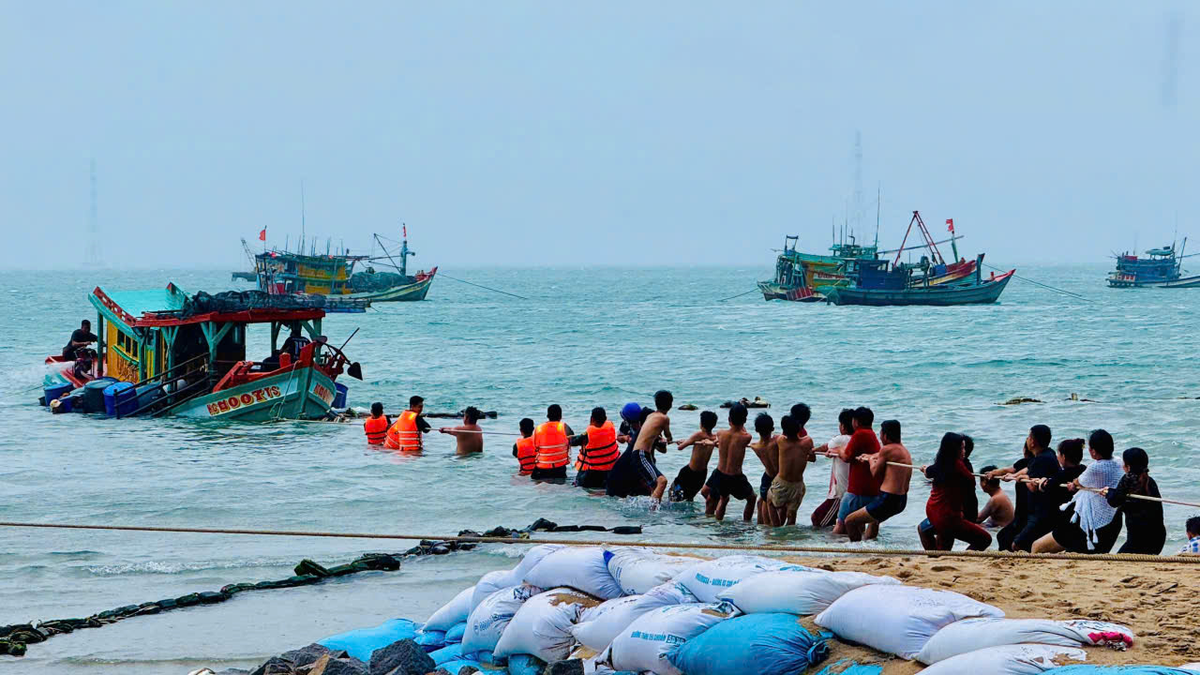
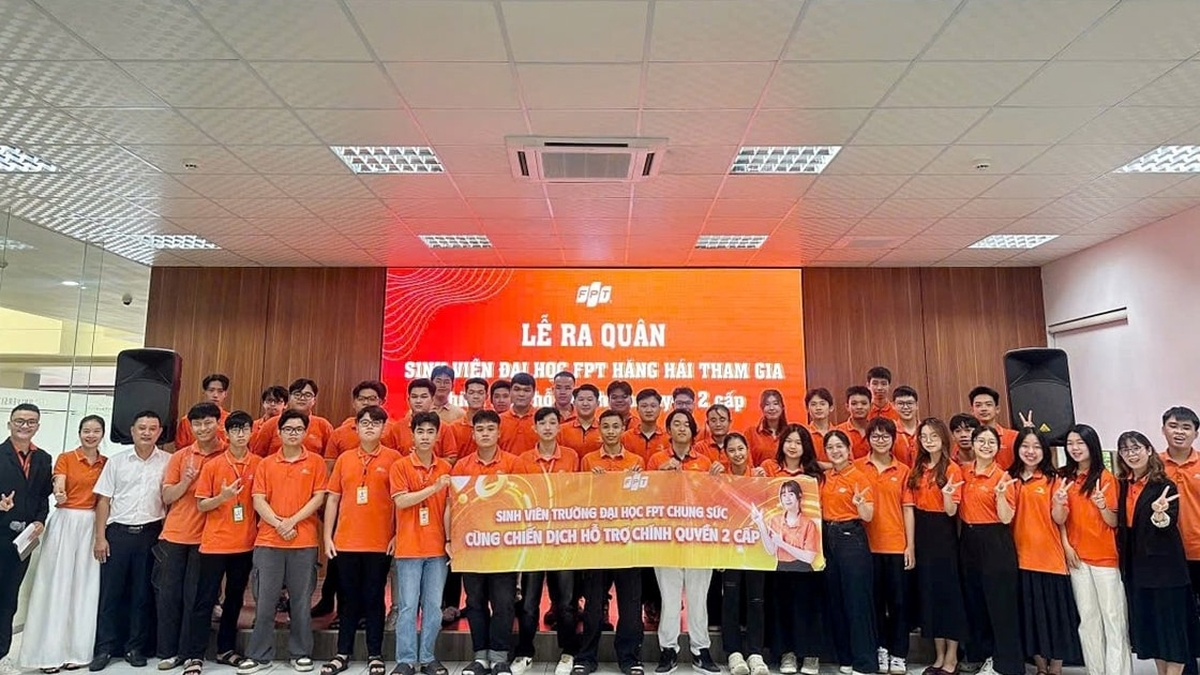
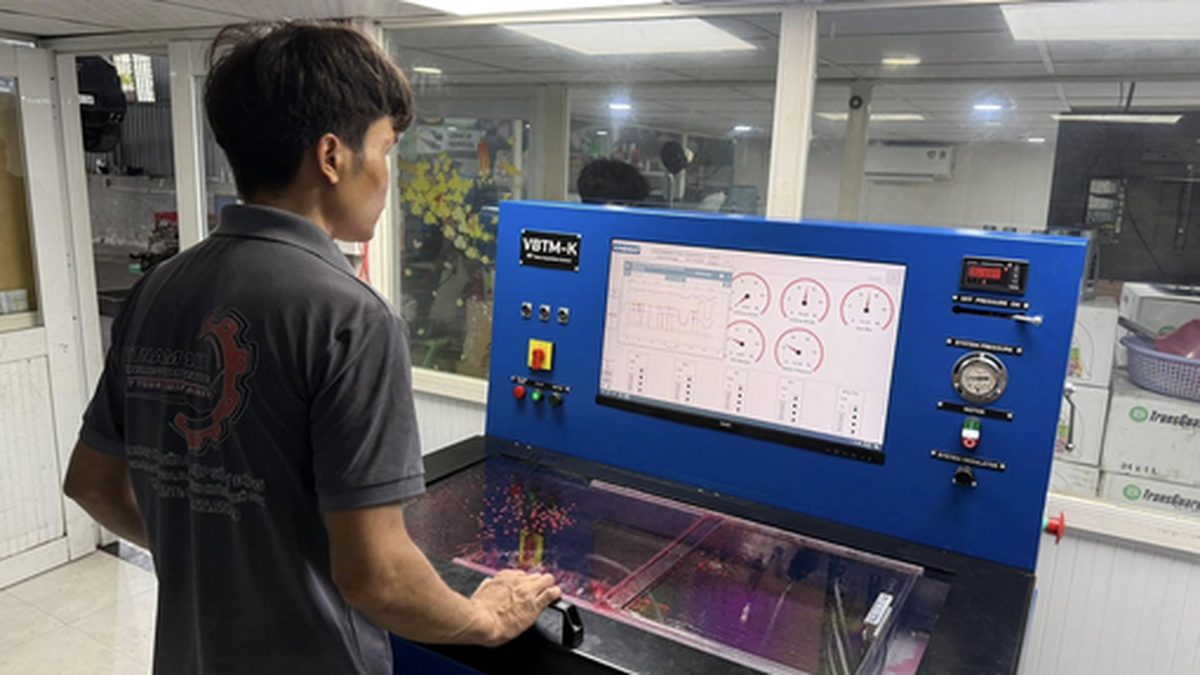

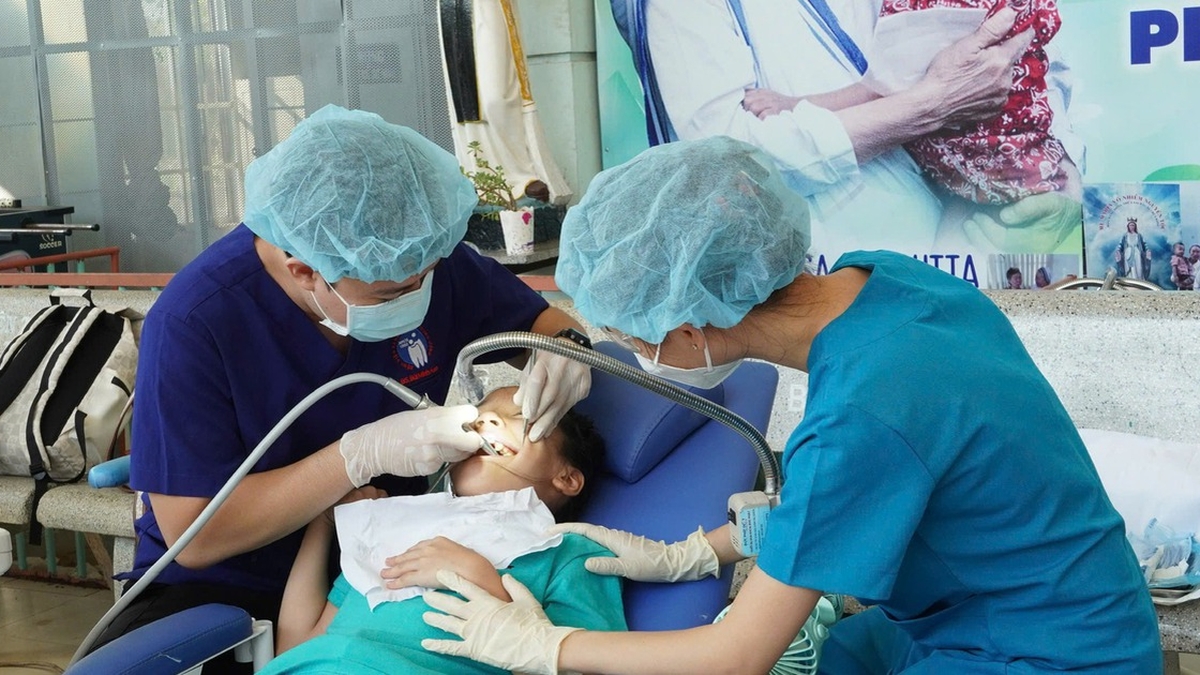

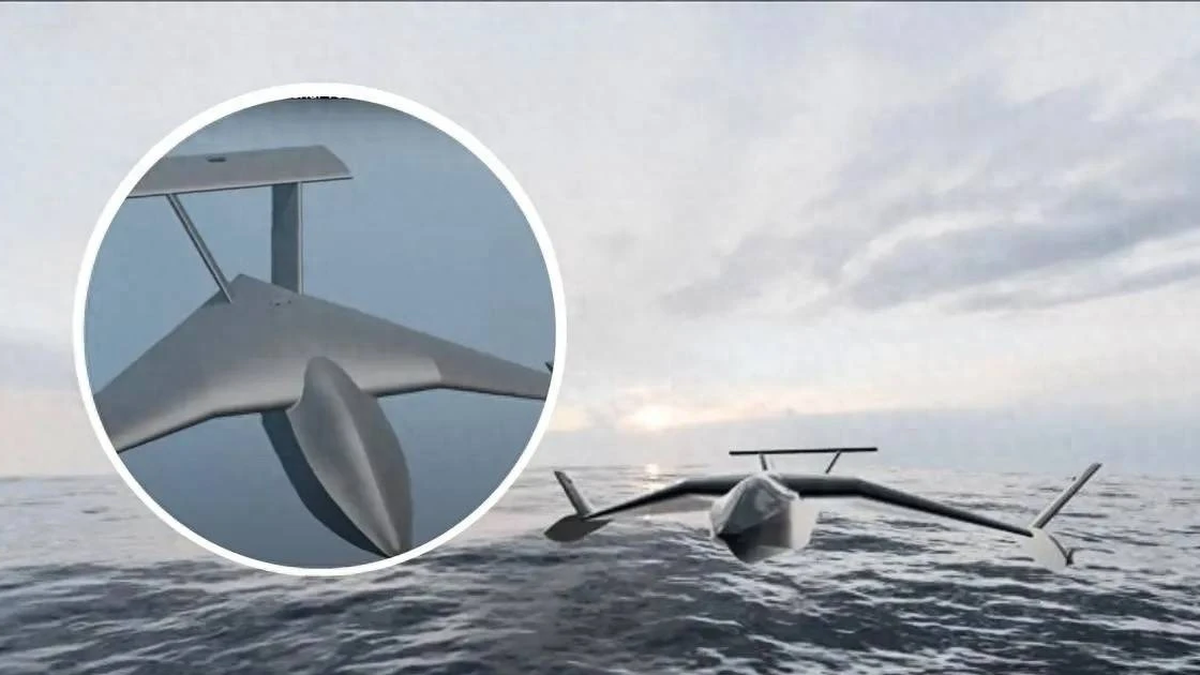


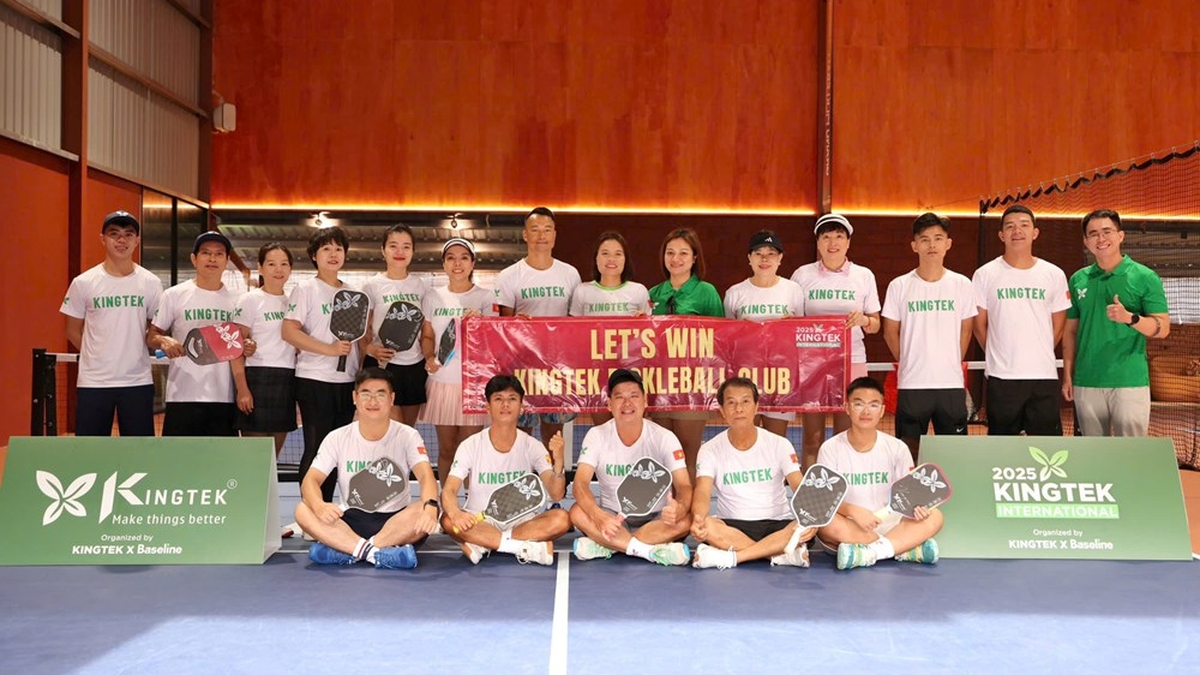











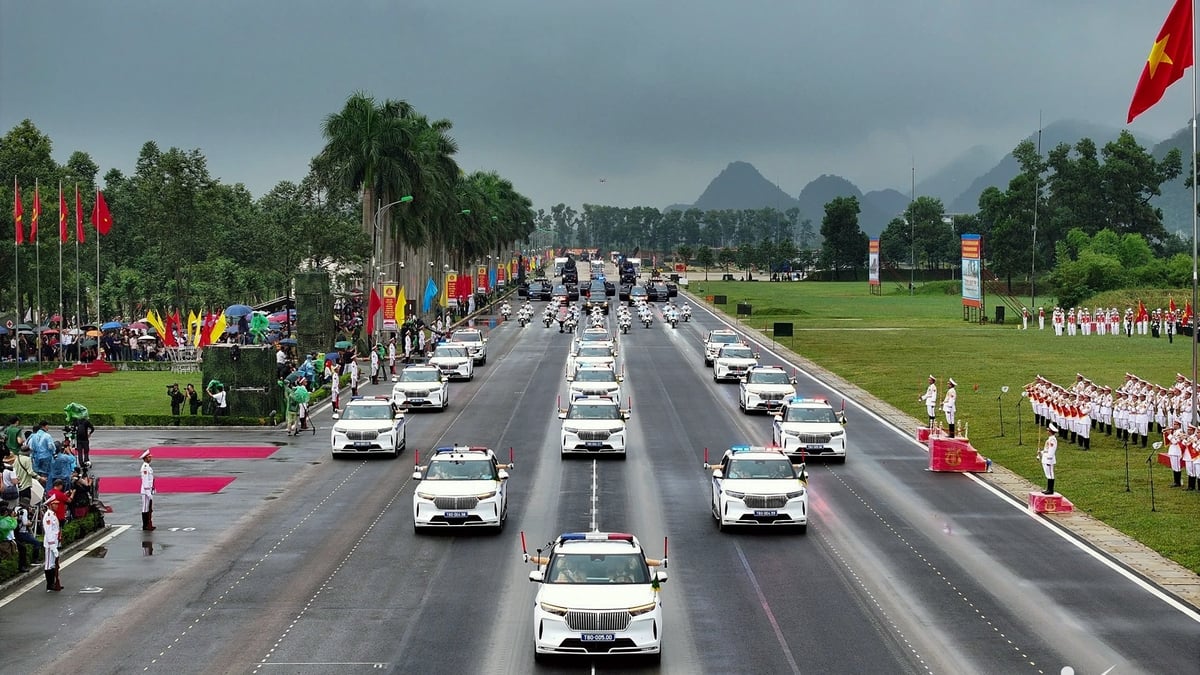

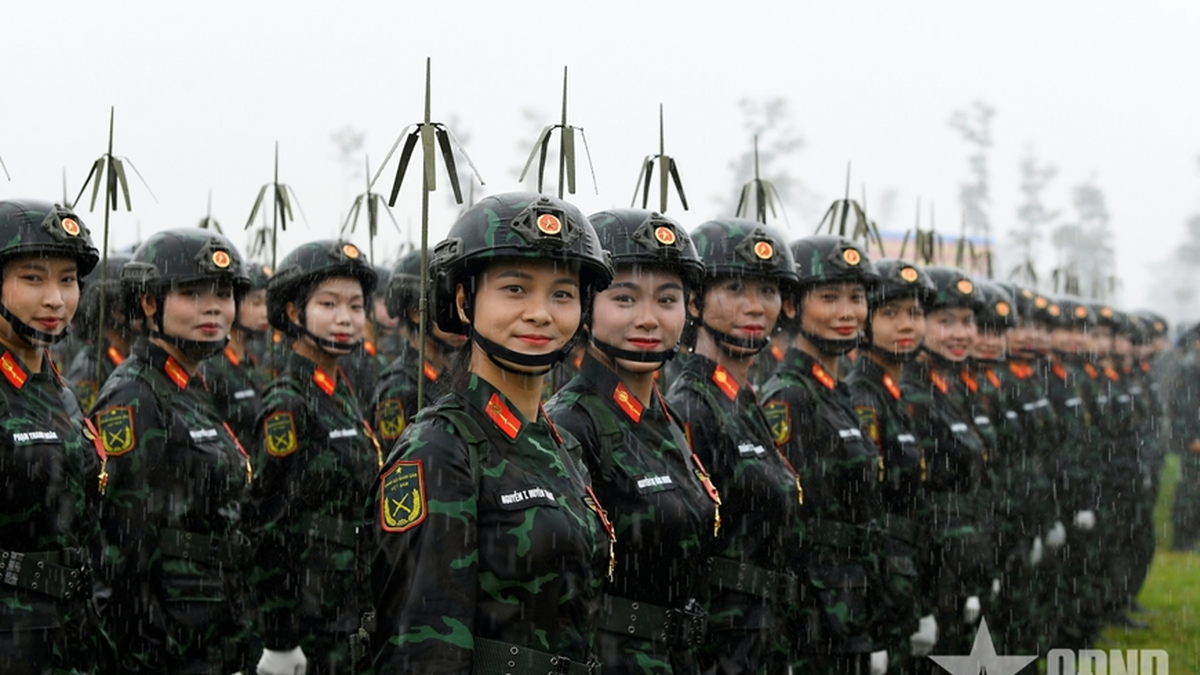


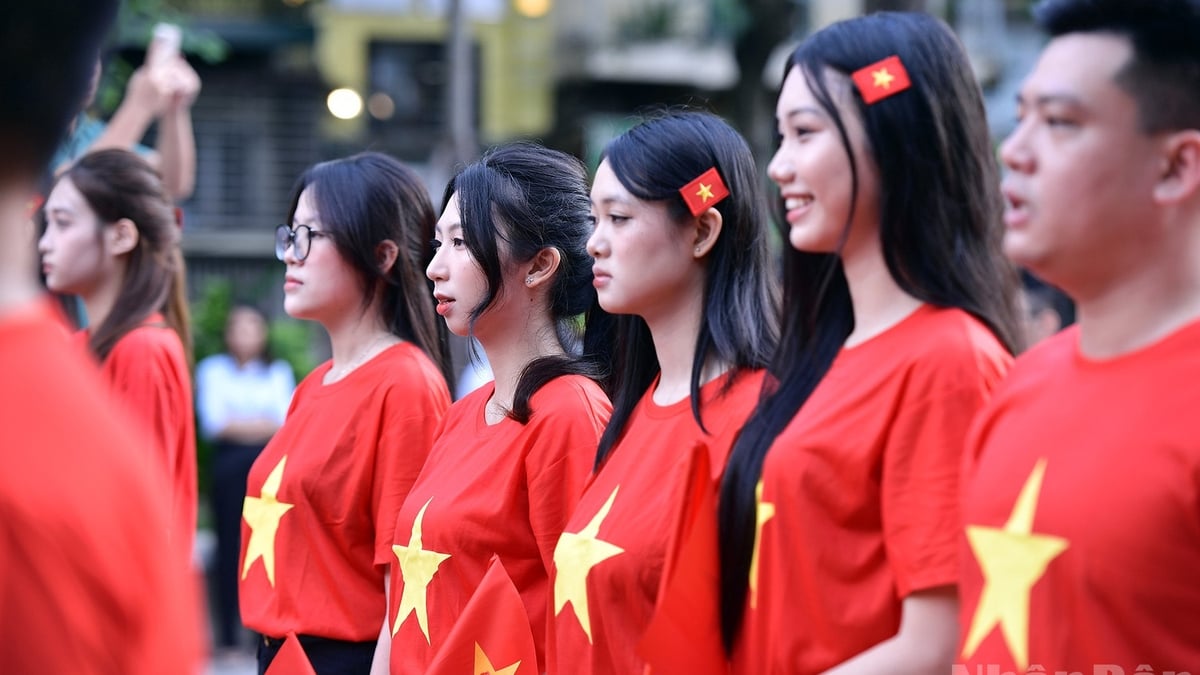
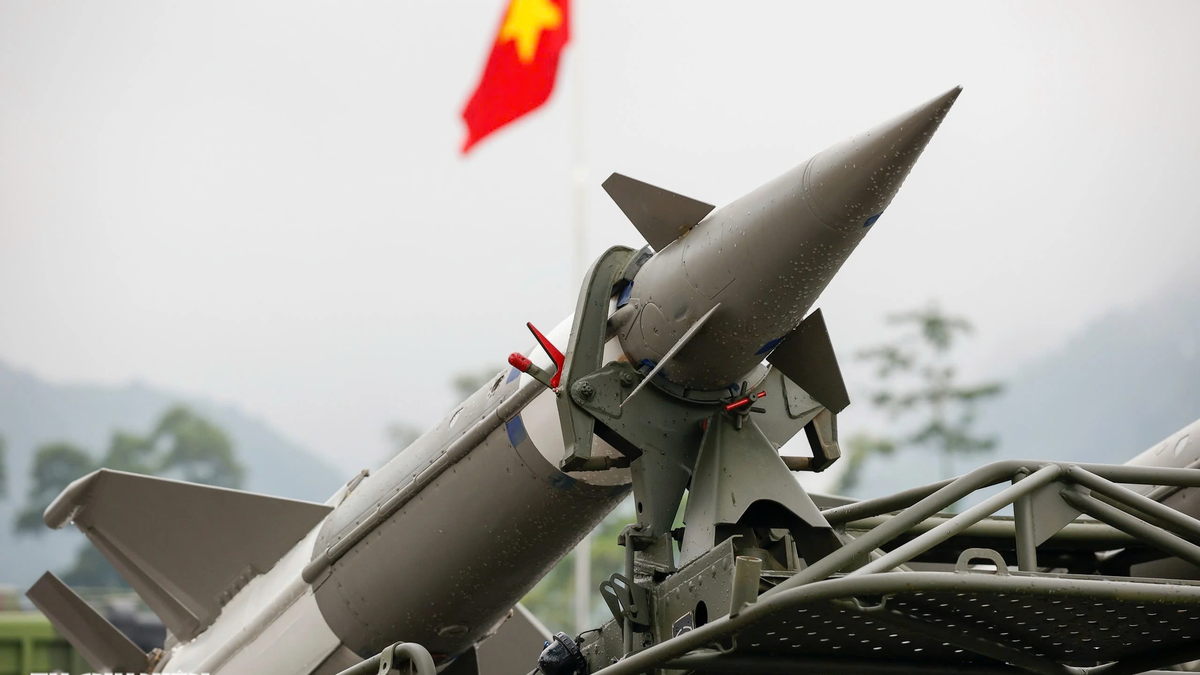

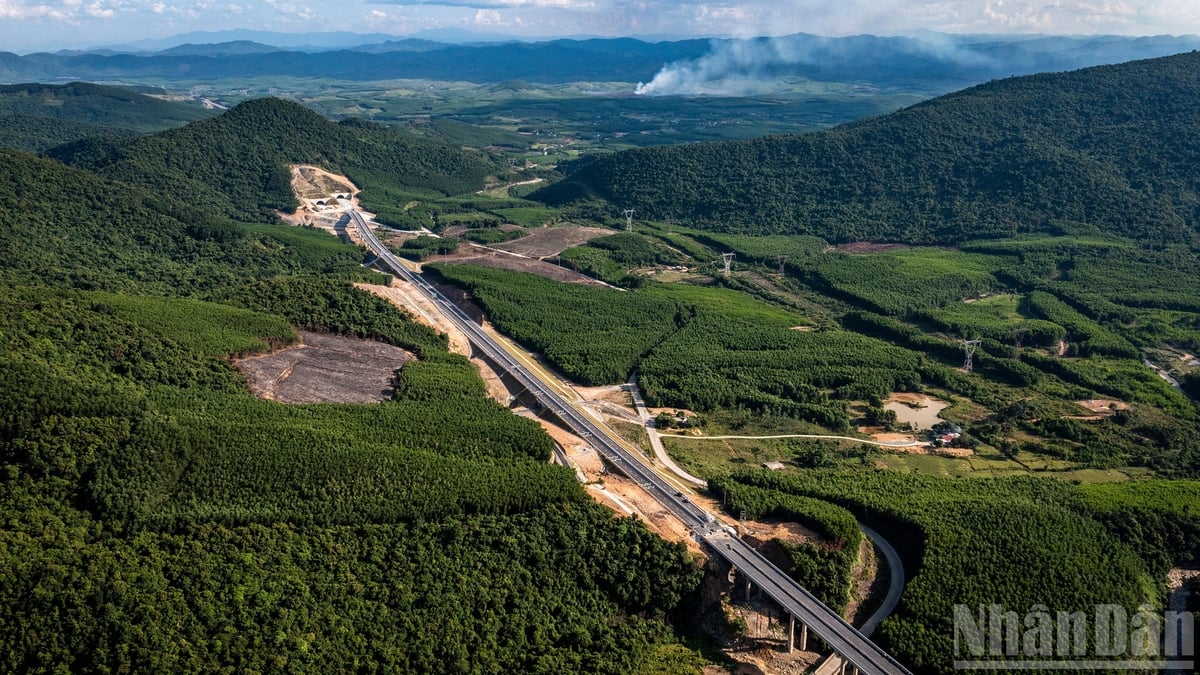
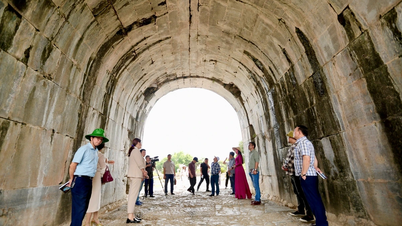





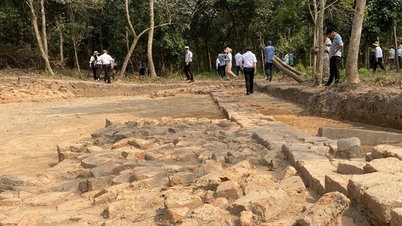





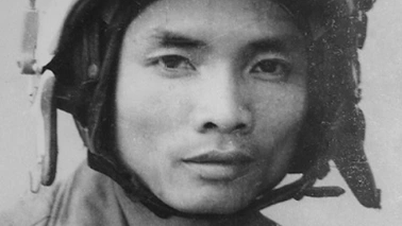










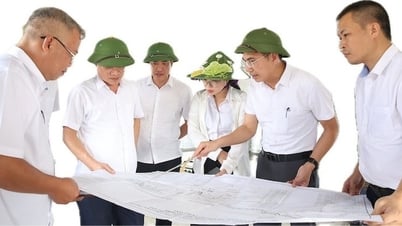



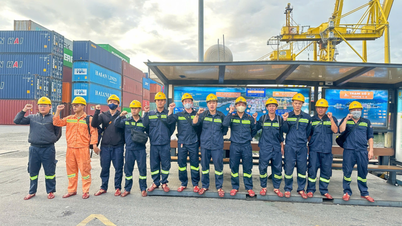


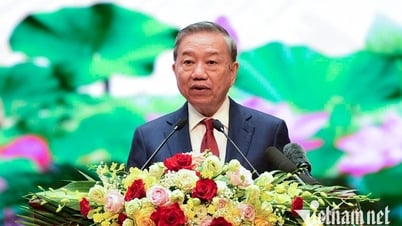






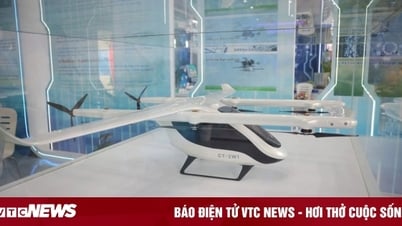
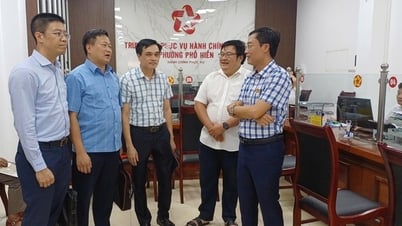






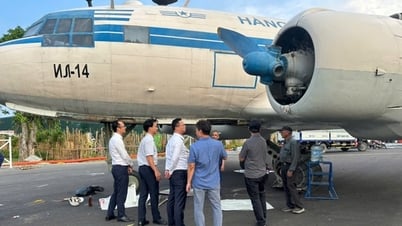



















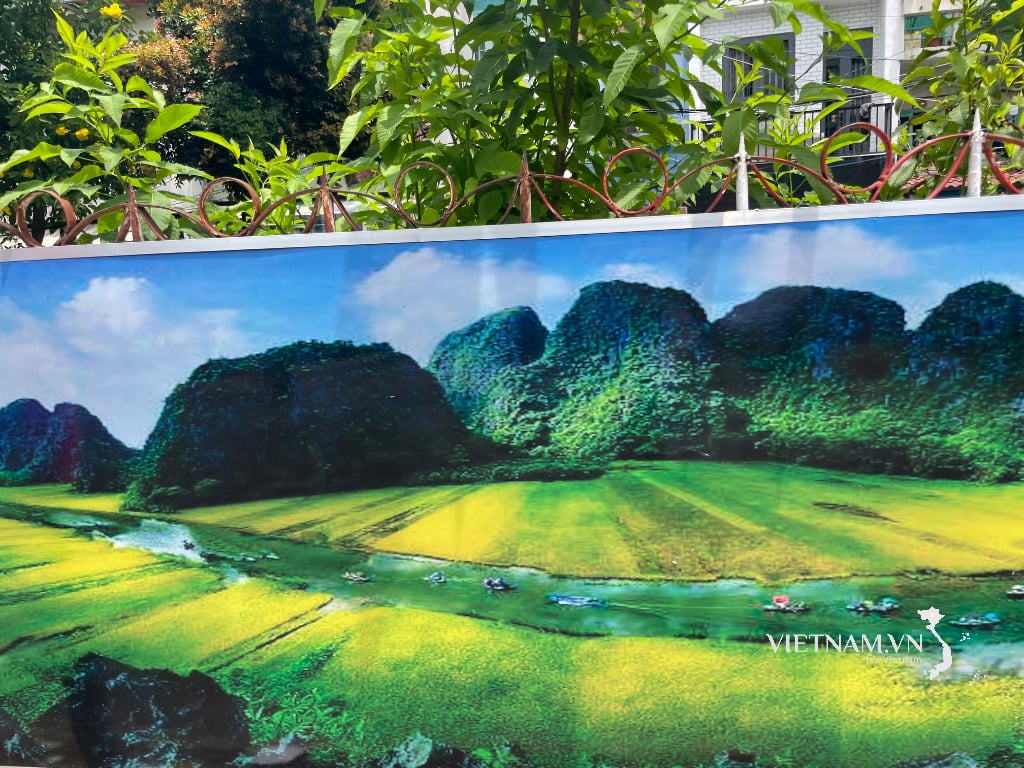
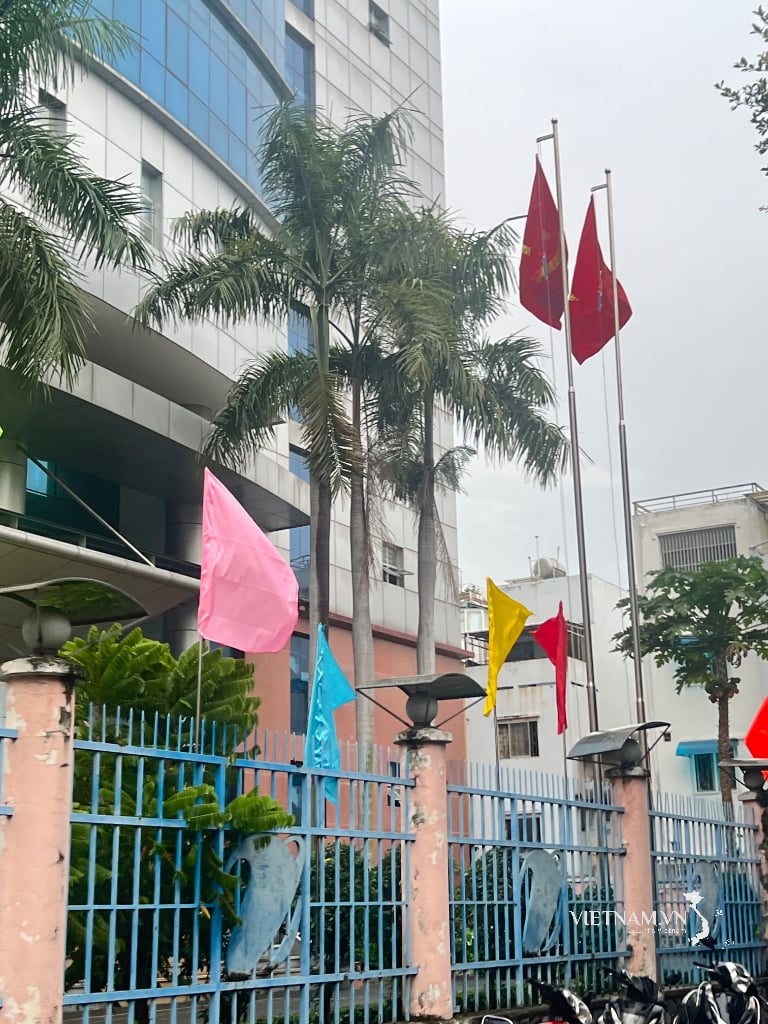

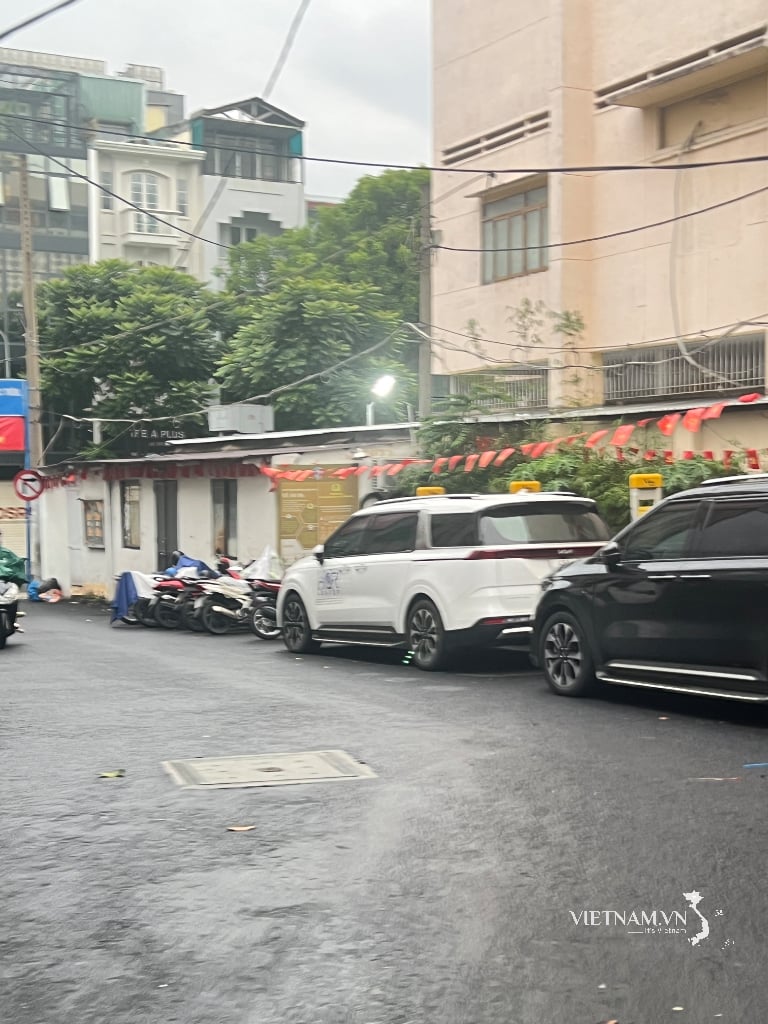
Comment (0)